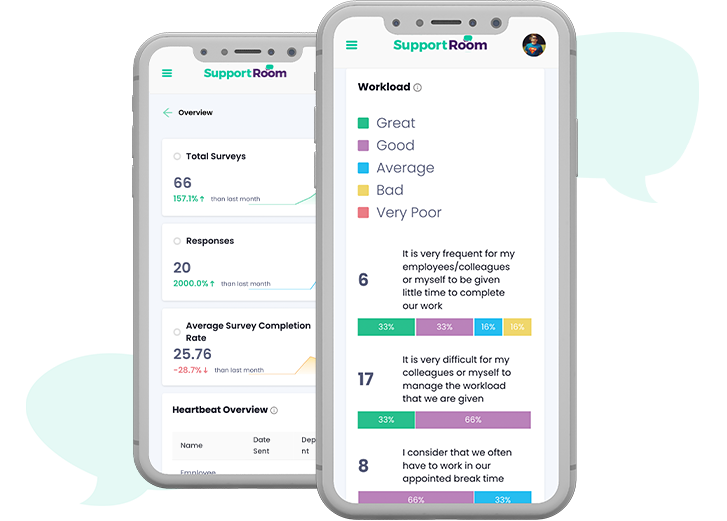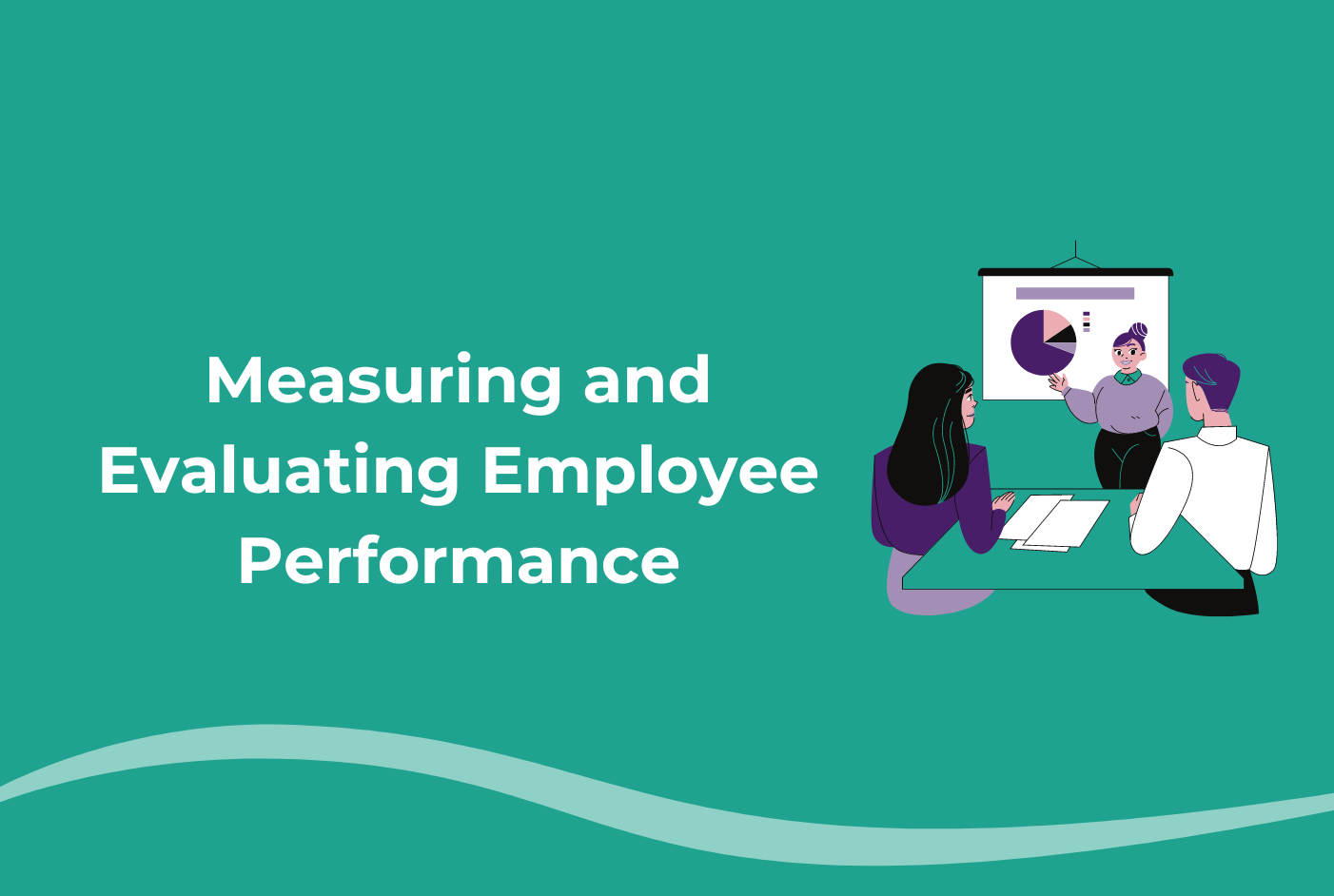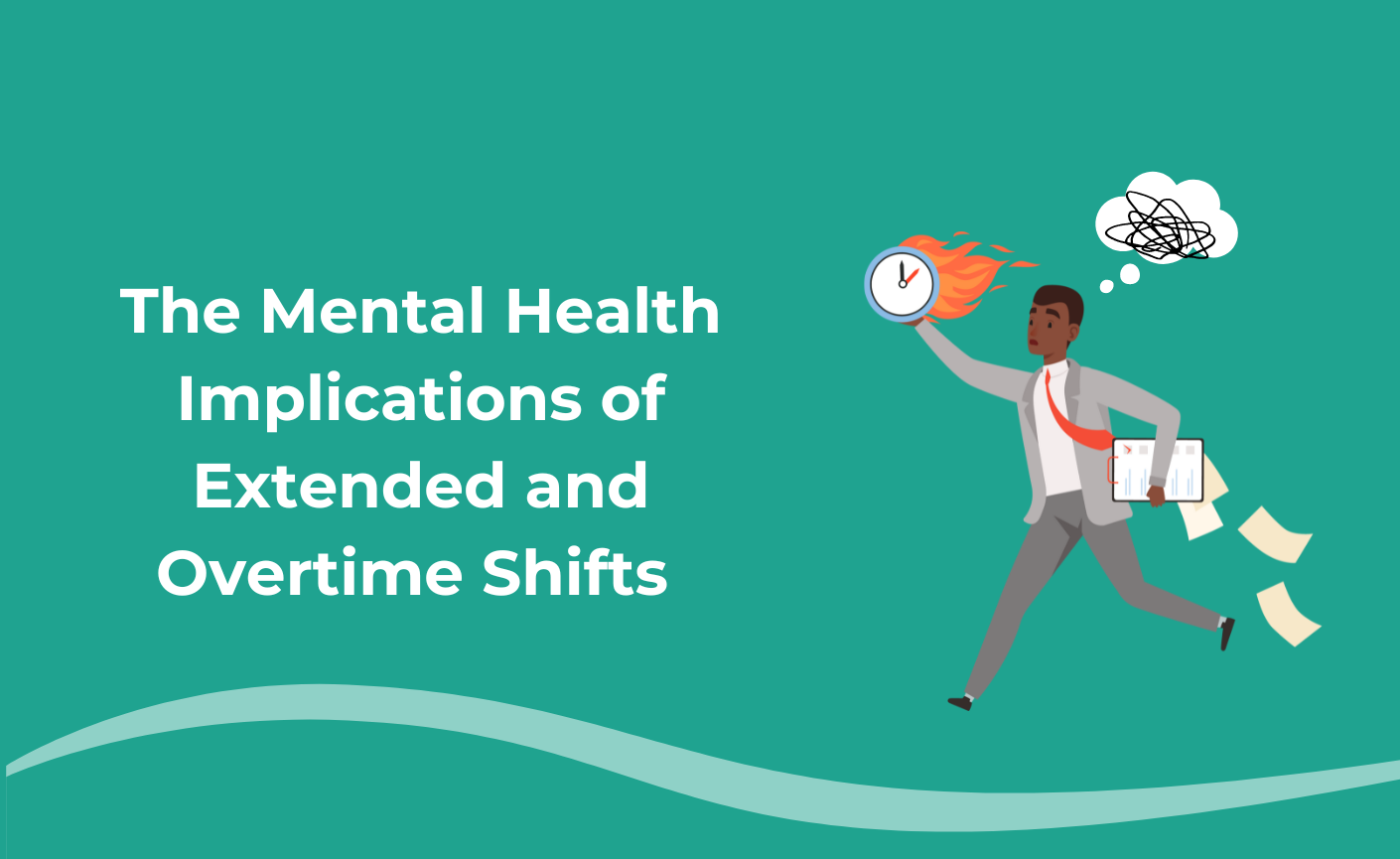Employee wellness programs are crucial for business productivity and employee retention. Every organisation that cares about its employees must choose initiatives that prioritise employee wellbeing. However, it is easy to miss out on crucial components of effective well-being programs. In this article, we will look at 4 core elements that make a well-being initiative successful.
What is an Employee Wellbeing Program?
An employee wellbeing program is a health initiative that organisations can adopt with the goal of improving their workforce’s mental and physical health. These programs benefit employees and help decrease stress levels, prevent mental health issues, and boost performance and motivation. In some cases, an employee wellness program can be targeted at a particular problem, such as high stress levels amongst a company’s teams or reducing smoking. Overall, the scope of employee wellness programs is to improve mental and physical health.
Why should I implement wellness programs?
Wellness programs are designed to improve the mental and physical health of the employees. Corporate wellness can include a variety of programs and perks that benefit employees as well as your company.
A wellness program is a great tool to attract talent and retain high-performing employees. When you create wellness programs, you send a clear message that your organization cares about its employees. This has a very positive impact on your brand and future prospects. While money is a great incentive to retain employees, it is not the sole motivation. People are looking for appreciation and respect in the workplace. This can be achieved through wellness programs.
The critics of wellness programs assume that it is costly and requires excessive resources. However, this is not the right approach. In reality, when you implement wellness programs, you are investing in your company and team. If you start working with this mindset, then you will get better results. Additionally, a wellness program does not necessarily mean huge projects. Start with the smallest things, such as an employee health survey or a challenge to encourage a better work environment.
Components of an effective employee wellness program
Emotional Wellbeing
While many people do not think of their mental health as often as they prioritise physical health, being emotionally balanced is essential for workplace productivity. By definition, emotional well-being refers to managing one’s emotions, handling stressors, and being in touch with one’s emotional aspects.
All employee wellness programs should ensure that mental and emotional health is prioritised. Without a clear mind and sharp focus, employees will have a difficult time managing deadlines, keeping up high motivation levels, and adjusting to variable levels of stress. There are different ways to achieve emotional balance, and these depend on the individual preferences and coping styles of the employees. Organisations can choose to include various emotional wellbeing components, such as:
- Workplace meditation programs
- Stress management training & resources
- Mental health education
- Therapy sessions
Thanks to digital mental health providers like SupportRoom, workplaces can now offer on-demand therapy sessions to employees. They can get in touch with a therapist from anywhere and at any time, which can save them a lot of time waiting to book therapy sessions. Therapy is by far one of the best tools that employers can implement it as part of an employee wellness program.
2. Physical wellness
There is no mental health without physical well-being. The body and the mind always work together to create an optimal state of balance and harmony. Employers should always ensure that their workforce is aware of the importance of looking after their physical health by prioritising their movement, nutrition, and sleep.
One way in which employers can facilitate exercise in the workplace is by offering gym membership discounts and packages, organising outdoor activities for the entire team, or promoting physical exercise in the workplace. Regular exercise contributes to employees’ overall mental health by making them more focused, energised, and less stressed.
Besides, exercise is a great opportunity for team members to bond with each other outside work interactions.

Gain FREE access to Heartbeat
Get a free Heartbeat Survey.
Let us uncover the true state of your team’s wellbeing with a free mental health survey for your entire organisation.
Gain valuable insights to see how you can better support your team’s mental health and performance.
No pitch. No credit card required.
3. Social wellness
Feeling connected with the rest of the people at work leads to more satisfaction with one’s job. This is because people are more motivated to work towards a common goal if they feel integrated and accepted in a team. On the other hand, loneliness in the workplace can diminish employee motivation and can even lead them to leave their job sooner. Therefore, there are a lot of advantages to prioritizing the feeling of belonging and inclusion at work.
Social wellness is another component of an employee wellness program that employers can introduce as part of their well-being strategy. The goal of this component is to simply encourage team members to socialise and bond with each other in order to feel like they are a valuable part of a team.
Get them to spend time together by organising engaging activities they can take part in. This will help create a happy and friendly environment in the workplace.
Employers can achieve this by implementing these types of social wellness activities:
- Outings and social activities
- Book clubs
- Birthdays and social celebrations
- Social areas in the workplace
4. Financial wellness
It goes without saying that mental well-being and financial stress are intrinsically linked. Employees with debt issues are more likely to develop mental health problems that have a knock-on effect on their morale and motivation in the workplace.
Money-related worries can have even more serious implications. Data suggests that over 100,000 people in England attempt to take their own life due to overwhelming debt. Furthermore, out of those for whom money problems are not that unbearable, two-thirds of those who still struggle financially report at least one sign of poor mental health.
Employers have the power to reduce the impact of financial stress on their workforce. They can implement solutions and strategies to help employees better cope with financial difficulties, such as:
- Encouraging financial planning
- Setting up savings programs
- Offering practical tips and advice on budgeting
Mental health as part of your employee wellness program
Ultimately, the goal of all employee wellness strategies is to increase employee motivation and productivity. Since mental health is the main component behind happiness in the workplace, the greatest thing you can do for your team is to offer them access to mental health support. If you don’t know where to start, use platforms like Heartbeat Insights to create a survey for your team to see which areas they struggle in. Fortunately, there are now flexible support options that can be accessed from anywhere, such as those offered by Support Room. Find out how our services can benefit your workplace.

Gain FREE access to Heartbeat
Get a free Heartbeat Survey.
Let us uncover the true state of your team’s wellbeing with a free mental health survey for your entire organisation.
Gain valuable insights to see how you can better support your team’s mental health and performance.
No pitch. No credit card required.







